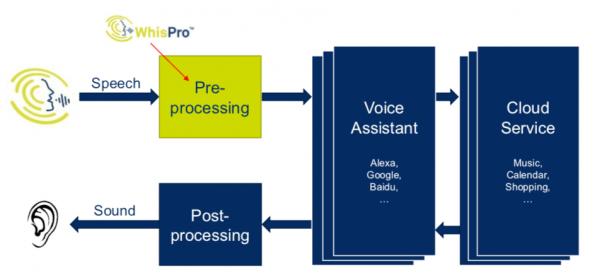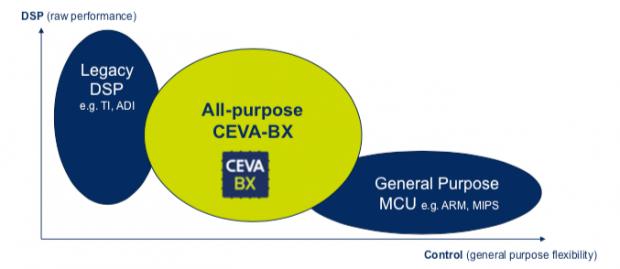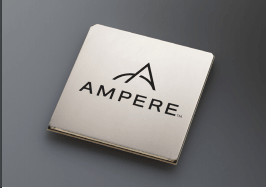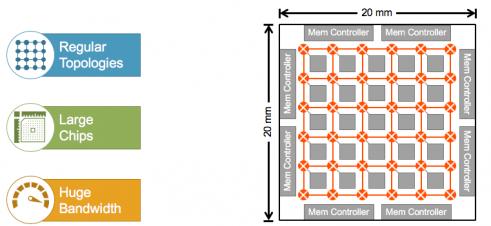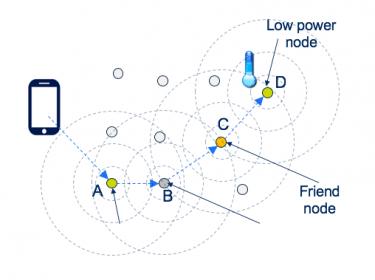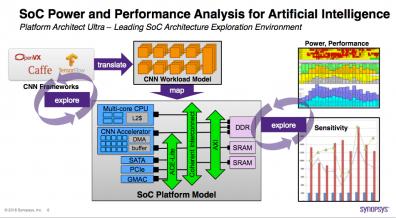In the superheated world of AI and Neural Nets (NN), many of us are familiar with object recognition in images: cars, pedestrians, cats and dogs and thousands of other applications. But there’s another class of applications, also growing rapidly, around audio AI. Early generations for command recognition in infotainment systems… Read More
Tag: low power
CEVA-BX: A Hybrid DSP and Controller
I’ve noticed hybrid solutions popping up recently (I’m reminded of NXP’s crossover MCU released in 2017). These are generally a fairly clear indicator that market needs are shifting; what once could be solved with an application processor or controller or DSP or whatever, now needs two (or more) of these. In performance/power/price-sensitive… Read More
Ampere: More on Arm-Based Servers
Since I talked recently about AWS adding access to Arm-based server instances in their cloud offering, I thought it would be interesting to look further into other Arm-based server solutions. I had a meeting with Ampere Computing at Arm TechCon. They offer server devices and are worth closer examination as a player in this game.… Read More
Webinar: Turnkey Bluetooth True Wireless Stereo Earbuds and Speakers
When we were first introduced to earbuds, in-ear speakers connected through thin wires to your phone (and earlier portable music devices), they seemed pretty convenient for private entertainment at work, while walking, exercising, doing almost anything. Until we started to realize those long dangly wires weren’t ideal. They’d… Read More
On-Chip Networks at the Bleeding Edge of ML
I wrote a while back about some of the more exotic architectures for machine learning (ML), especially for neural net (NN) training in the data center but also in some edge applications. In less hairy applications, we’re used to seeing CPU-based NNs at the low end, GPUs most commonly (and most widely known) in data centers as the workhorse… Read More
Mesh Networks, Redux
It isn’t hard to understand the advantage of mesh networking (in wireless networks). Unlike star/tree configurations in which end-points connect to a nearby hub (such as phones connecting to a conventional wireless access point), in a mesh nodes can connect to nearest neighbors, which can connect to their nearest neighbors… Read More
A Fresh Idea in Differential Energy Analysis
When I posted earlier on Qualcomm presenting with ANSYS on differential energy analysis, I assumed this was just the usual story on RTL power estimation being more accurate for relative estimation between different implementations. I sold them short. This turned out to be a much more interesting methodology for optimizing total… Read More
Architecting an ML Design
Discussion on machine learning (ML) and hardware design has been picking up significantly in two fascinating areas: how ML can advance hardware design methods and how hardware design methods can advance building ML systems. Here I’ll talk about the latter, particularly about architecting ML-enabled SoCs. This approach is … Read More
Webinar: Differential Energy Analysis for Improved Performance/Watt in Mobile GPU
May want to listen up; Qualcomm are going to be sharing how they do this. There is a constant battle in designing for low power; you don’t accurately know what the power consumption is going to be until you build it, but by the time you’ve built it, it’s too late to change the design. So you have to find methods to estimate power early on,… Read More
Platform ASICs Target Datacenters, AI
There is a well-known progression in the efficiency of different platforms for certain targeted applications such as AI, as measured by performance and performance/Watt. The progression is determined by how much of the application can be run with specialized hardware-assist rather than software, since hardware can be faster… Read More


